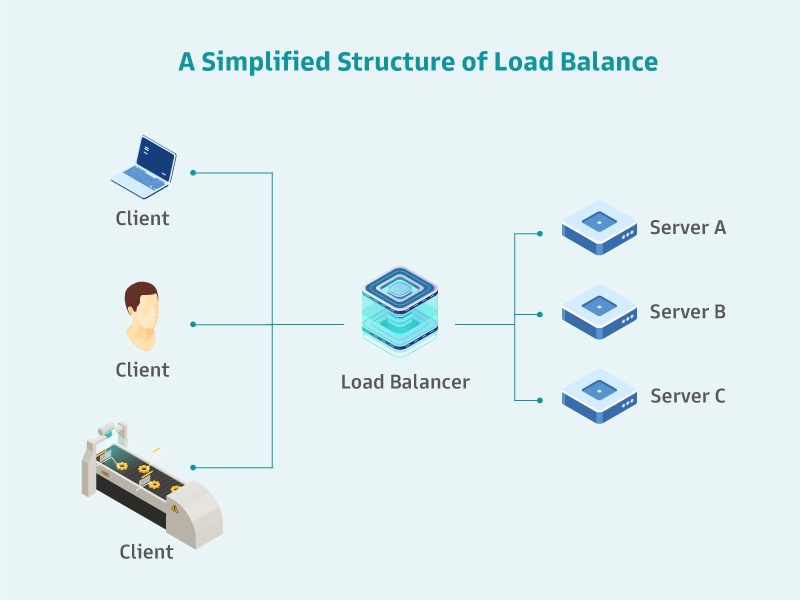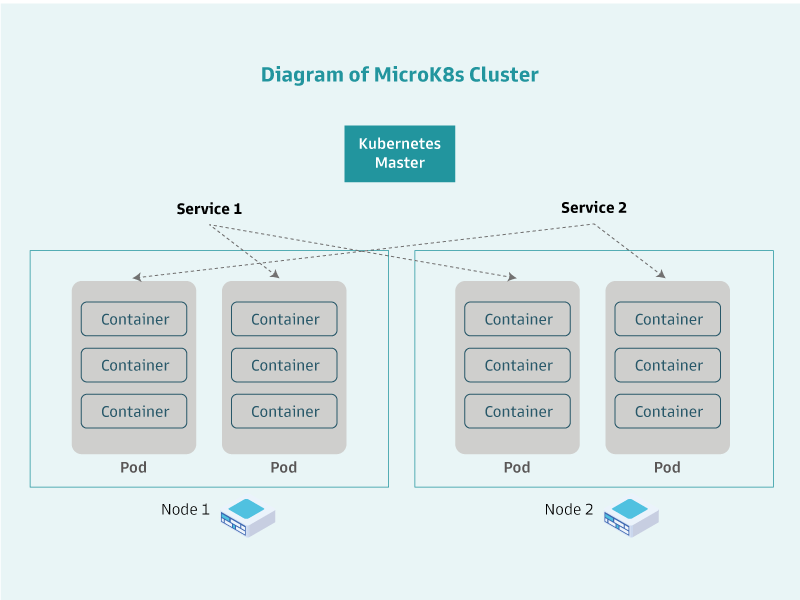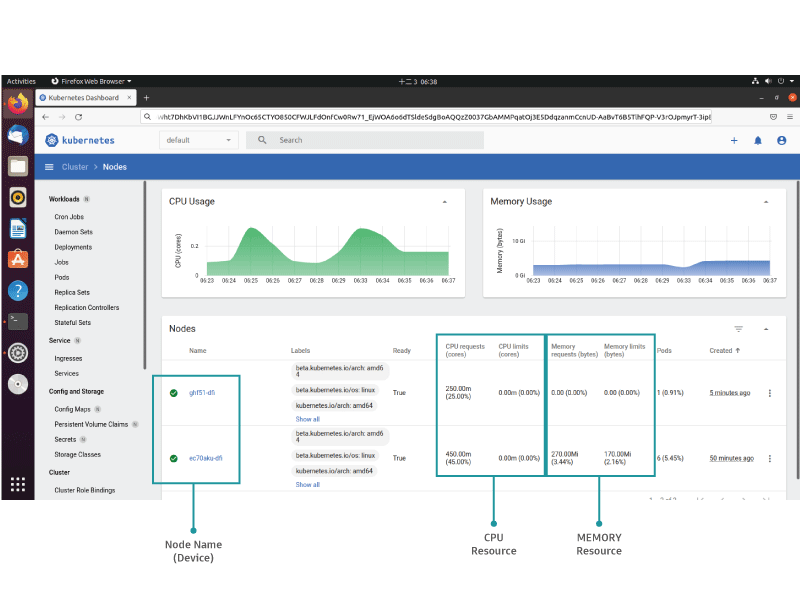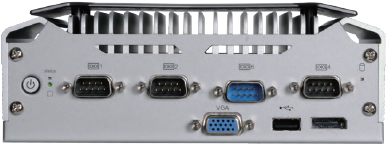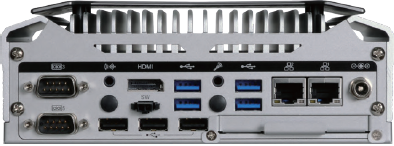DFI’s EC70A-KU and GHF51, both Ubuntu-certified products, can easily create and manage peripheral nodes through MicroK8s and related packages painlessly and without the burdens of compatibility. It can complete automatic deployment, expansion, and execution of application containers across host clusters, while also reducing application maintenance costs to extremely low levels.
Industry: Smart Retailers, Factory Automation, AIoT
Application: IoT Node Deployment, Load Balancing, and Redundant
Solution: EC70A-KU and GHF51
With AIoT devices in industrial and commercial applications gaining popularity, the Internet of Everything (IoE) has significantly improved the efficiency of production and operations. Big data collected from numerous edge devices has also allowed for the policies in implementation to be continuously revised, and for the cloud and terminal to communicate smoothly, forming a positive cycle of efficiency.
In addition, in recent years, various fields have shown urgent demand for unattended operation methods. Forcing many companies to actively establish their own private clouds to achieve a high degree of management flexibility through remote control. Quickly building and deploying terminal devices and conducting unified management in the private cloud have become a school of thought in cross-applications.
Load balancing and high reliability are the two foundations for maintaining the efficiency of private cloud operations as well as basic indicators for evaluating the maturity of production and business models. High reliability is defined as the standard of the online ratio of services or productivity within a certain period of time. Load balancing is a common method for maintaining high reliability. It aims to share the loads among devices and provide support when other devices fail; that is, it “catches the ball” to avoid “dropping it.”
Whether it’s a convenience store kiosk or production equipment in a factory, not achieving load balancing will likely lead to services or productivity being interrupted due to hardware or software factors. This represents a decrease in reliability, which will cause loss of profit or costs for downstream manufacturers; as for upstream manufacturers, they lose the foundation for customers’ trust in their solutions.







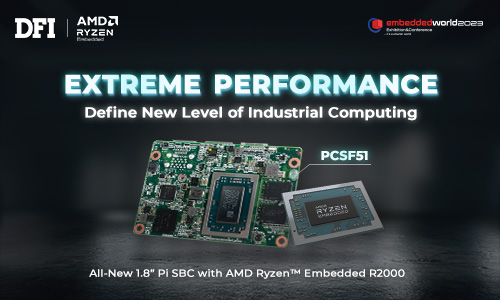
,有助於車隊管理員管理駕駛行為、運動感測、急煞車和衝擊偵測.jpg?timestamp=1689918406.42007)





